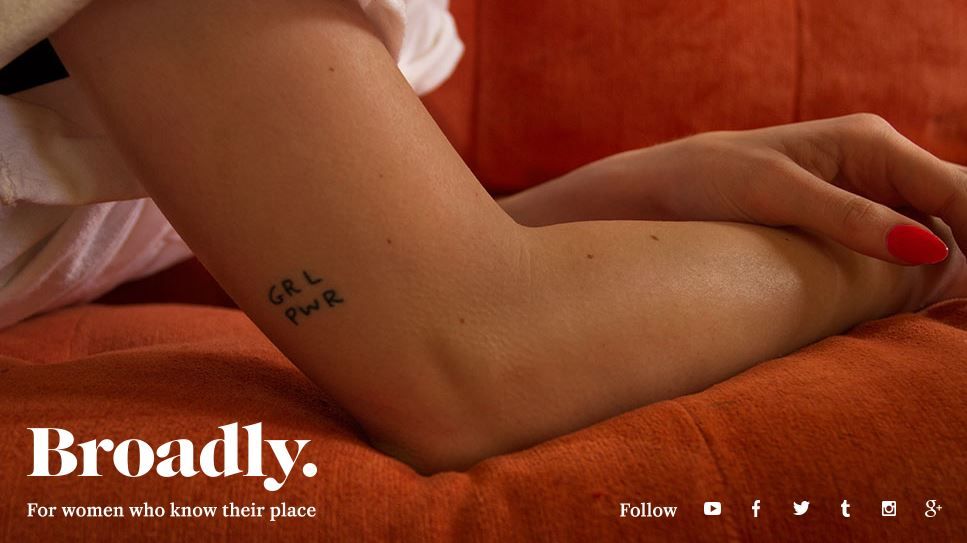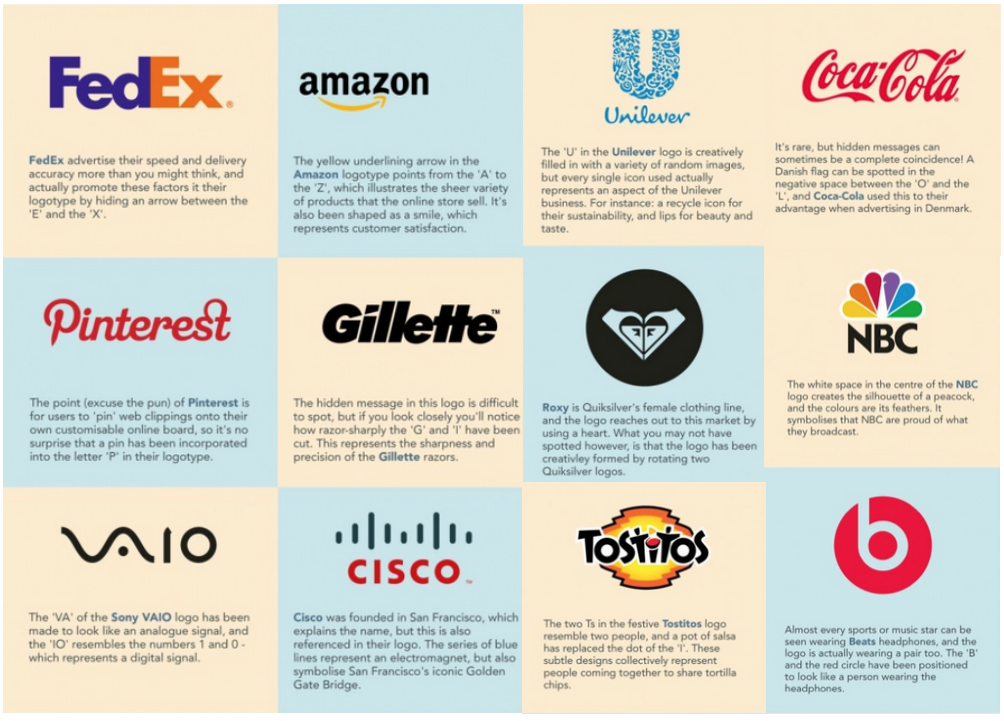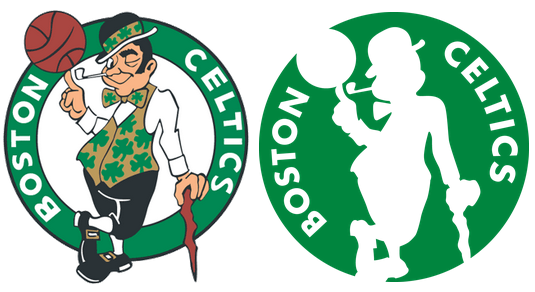
Studies indicate that 66% of consumers, regardless of age, will purchase from a brand they feel is sustainable and trustworthy. The numbers are even higher once the Millennial cohort is isolated; at 73%. When companies and brands tailor their advertising with trustworthy information for their target customer, conversion rates are boosted 30%.
Demographics Are Everything
Baby Boomers, the generation born between 1946 and 1960, were once considered the largest generation to ever live. This generation, for decades, has been the foremost influence driving business’s marketing efforts and product lines. But, all that’s about to change.
In the next few decades, the largest transfer of wealth, over 30 trillion dollars, will take place—from Boomers to the Millennial generation and their little brothers and sisters; Generation Z. Demographics are everything, and the aging of the Boomers and the rise of Millennials and Gen Z is going to severely change the marketing and business landscape.
Millennials and their younger counterparts look at companies, brands, and businesses through an entirely different lens than Baby Boomers, and brands are starting to feel the pinch of their critical gaze.
The Millennial generation is far more risk-averse than their Boomer elders. Millennials are more likely to value experiences over things, and will spend their money accordingly. They are not investing in real estate, and are far less likely to buy a car new and on loan, or even own a car at all. Furthermore, this generation is more skeptical of brands than their predecessors.
Trust Is Visceral
While trust has always been an important metric and component driving customer buying decisions, with Millennials, trust is now a key component, not a peripheral, nebulous concept. For them, trust is visceral, and necessary. Despite their young age, this generation and the one behind it are jaded toward the business and advertising worlds.
It’s hardly surprising. While Boomers came of age during the post-war boom, when housing prices, relative to income, were still affordable across socio-economic status, for Millennials this is not the case. Furthermore, this generation witnessed and experienced the massive fallout of the housing crisis of 2008. Since then, this generation’s trust in institutions and brands and businesses was severely crippled and eroded. To earn Millennials coveted trust in the business world, brands are required to operate in a trustworthy, and sustainable fashion. And, brands who are perceived as civically responsible will be more likely to obtain those depreciating Millennial dollars in the coming years.
So, how can a brand appear trustworthy to younger consumers?
- History: By sharing the company history or brand’s personal story, offering social proof
- Accountability, i.e.: ‘money-back guarantees’ or offering free trials
- Affiliations: Proving authority through affiliation with other trustworthy brands in the sphere
- Relatability: Approaching from a sympathetic angle by understanding the customer’s pain points. Telling stories in an informal, casual tone
- Subtlety: Offer value first without requiring anything in return
Businesses will have to compete in this new generational ethos. Boomers will not be the largest holders of disposable income soon, and in order to stay competitive in the new market, brands that build trust with their customers will reign supreme.
]]>
Marketing companies have been competing for the minds of millennials fiercely over the last few years – and for good reason.
Millennials represent about a quarter of the entire US population, and have over $200 billion in annual buying power. Though they have less discretionary income than Baby Boomers and older generations, they have a lot of influence – and are hard to reach with traditional marketing methods.
But are millennials still the hottest consumers out there? Or should we be focusing our efforts on a new generation of consumers? Here’s the scoop.
Millennials Are Still The Most Important Consumer Generation – For Now
Millennials are defined as individuals who were between 18-34 in 2015 by the Pew Research Center. They are just now entering the prime of their lives as consumers.
As millennials age, their income continues to grow as a generation. Most millennials are now out of college and working in professional careers, and millennials are the most educated generation to date.
This means that the buying power of millennials is only going to grow in future years, as they begin to start families and earn more discretionary income.
However, millennials will not stay at the top of the heap forever. As time goes on, Generation Z continues to grow – and a new generation of consumer is born.
Gen Z – The Largest Consumer Generation In History
Generation Z is defined as the “post-millennial” generation. While most definitions vary, it’s agreed that most Gen Z individuals were born around the year 2000 or later. This generation already makes up 25% of the population, and is forecasted to continue to grow.
As Gen Z becomes older, and younger people begin to enter the consumer market, they are likely to become the most highly sought-after consumer generation, just as millennials were before them.
Focus On Millennials In Marketing Efforts – But Don’t Forget About Gen Z!
How should brands market their products? Luckily, millennials and Gen Z both share a few common attributes. Consumers from both generations are tech-savvy and have quite a bit of influence on the market – and both Gen Z and millennial consumers do not respond well to traditional advertising methods.
While millennials should be the focus on most marketing efforts, Gen Z should not be overlooked. Brands should be using social media platforms like Snapchat, Instagram and Twitter to reach a younger audience, and should always be on the lookout for hot trends that could appeal to Gen Z consumers.
Conclusion
As time goes on, millennials will become less important as a consumer audience, and the importance of Gen Z will grow. So focus on millennials for now, but don’t forget about the younger generation.
]]> Okay people, let’s get down to business here. How many of you have written creative briefs for your agency that included page-upon-page of research, data, analysis and much more? I’m assuming most of you. Now, this is NOT a bad thing. In fact, it’s a GREAT thing to provide. So we applaud you for overdelivering on the background info we might need.
Okay people, let’s get down to business here. How many of you have written creative briefs for your agency that included page-upon-page of research, data, analysis and much more? I’m assuming most of you. Now, this is NOT a bad thing. In fact, it’s a GREAT thing to provide. So we applaud you for overdelivering on the background info we might need.
BUT… when it comes down to the heart of what you want the agency to deliver for you creatively, it’s best to keep it short and sweet. The immersion is the key area where we intend to learn anything and everything about your brand, business, category and consumer. This is where the data-dump should take place.
Whereas the actual initiative we are working on should be able to be interpreted in one-page or less. References to examples that you’d consider benchmarks are always a plus.
If you do this and hear crickets, then the agency just doesn’t get it and maybe the long-form is necessary. However, more times than not, the agency will appreciate the synthesis of your objectives, and be able to move ahead much more efficiently with the task at hand.
So the next time you’re getting ready to pull the trigger on that brief, try and remember this tip. It will save you time on both ends.
Thanks for reading, and let us know if this was helpful, or if you need help crafting that brief.
]]>
The colorful depiction of the 2012 Summer Olympics logo depicted above was infamously met with confusion and controversy and for most, will go down as a major branding mistake.
What was supposed to look like a stylized version of the numbers 2012 turned into a media circus from how people “didn’t get it” to flat out laughter and even a petition of over 48,000 citizens to get rid of the design.
What was the big deal?
Despite the internal support for the design, the masses agreed with Jonathan Glancey of the Guardian art blog, who wrote “The logo fails the Olympics spirit completely. Its component parts are broken apart, while the Olympics are all about athletes, spectators and nations joining together.”
Whether you are a fan of the logo or not, it’s not what we think of our brand that matters but what others believe our brand to be that matters.
Because of all the brand damage and bad press, the Olympic committee started to require Olympic logo designs to follow stricter brand guidelines.
The result has been a more cohesive visual language as illustrated by Rio2016, PyeongChang2018, and Tokyo 2020.
Design is a matter of taste but Branding is a matter of public opinion. What’s your take on this? Leave a comment below.
]]>
If you live in a major metro market, then you know what it’s like to walk down the street and see 90% of the people with their heads down buried in their phone. I was one of those people, until I found myself standing in the middle of the street in Manhattan writing a text and nearly getting hit by a taxi. From that point on, I made sure that I was always looking up. But I am definitely in the minority. And this post is not about the safety, or lack thereof, when it comes to texting. It’s about how marketers can capitalize on this Head Down Revolution.
According to Statista, the U.S. mobile phone penetration has reached 81%, representing 223 million consumers. And those consumers spend an average of 4.7 hours per day glued to their smartphones. More importantly, is the role that texting now plays in our everyday lives, especially when it comes to marketing. For an eye-opening example, texts have a 99% open rate compared to 20% for email*. Pretty amazing, huh? Now I imagine that smartphones are currently in the midst of fine tuning their hardware to introduce features that can block such correspondence. But who knows when that will come?
So until that day, marketers have a humongous opportunity to take advantage and focus their outbound efforts on the behaviors of the smartphone user. A behavior that is now second nature, and while receiving a text from a brand may seem like a nuisance at first, it is certainly less of one than an email. Also, if you’re sending info or content that isn’t selling, but more serving them something of value, then you’re more likely to be able to maintain that dialogue.
And isn’t a dialogue what we want? It opens the door, and leads to traffic. And when you have enough traffic, ultimately it will lead to transactions. It’s this approach to marketing, partnered with the aforementioned tactics, that can build the awareness and engagement you’re looking for.
Now how about a little “social experiment”: The next time you’re walking down the street, take note of how many people’s’ heads are down. It truly is a sight to see. Just think, those eyes could be engaged in your brands message. And if the message is “timed” to when your customer is in the market for a new product, it becomes relevant and timely — a very powerful combination.
*Credits: Jack Loechner — Editor of The Center for Media Research; SinglePoint; Statista
]]>As consumers, we are programmed to intuitively select the products and brands we need based on what looks familiar (e.g., the easiest decision to make). And as marketers, “the goal is to make consumers repeat their purchases by matching the value proposition to their needs.” Consumers don’t want to spend the mental energy when shopping (online or in-store for that matter), so why make them?
 The solution for brands lies within understanding the habits of their consumers, and evolving or improving upon them based on what their brains are programmed to be looking for. And unless consumers are absolutely screaming for a change, and the return is solid for your business, then making a dramatic change is no bueno.
The solution for brands lies within understanding the habits of their consumers, and evolving or improving upon them based on what their brains are programmed to be looking for. And unless consumers are absolutely screaming for a change, and the return is solid for your business, then making a dramatic change is no bueno.
Brands like Coke, Tropicana, GAP, and many more have undergone redesigns in some capacity over the years. Consumers didn’t demand it. They weren’t educated on the change, nor provided a real rationale. The result was backlash, and even a decline in sales, which pushed the brands to quickly go back to the original. A lot of time and money lost. However, sometimes it pays off (only if the demand is there), but often times it doesn’t.
There are more examples and insights we could share, but we simply don’t have the time, nor blog post space to do so. That said, we want to leave you with this very simple message: If it ain’t broke, don’t fix it. And if you decide to fix it, make sure you do it in a way that doesn’t disrupt the habits of your consumers.
]]>
Popular media website Vice has announced the release of its 11th channel, Broadly, which caters to female readers.
Its tongue-in-cheek tagline “For Women Who Know Their Place” is a tribute to its mission to promote broader coverage of issues with a female perspective, including “politics, culture, sex, and fashion.” While its content (reproductive health and fertility, gang activity, drug culture, etc.) maintain’s Vice‘s edge and envelope-pushing tendencies, Broadly aims to add a new dimension to such topics.
A major distinction from its other sites is the noticeable lack of comments section, in order to encourage civil discussion and a safe space. However, in true Vice fashion, it will focus on subject matter that is generally underreported by the mainstream media.
This marks an important shift in focus for Vice, capitalizing on the momentum of feminism in the media and seeking to carve out its unique place in branding culture.
What Sparks Our Fire: A digital publication expanding its brand by creating a space for candid conversation among women about prevalent modern issues.
]]> In the world of branding, logo design is a key pillar of the company’s identity, therefore, when it comes to crafting the right logo, one needs to be creative and invest a large amount of thought and hard work. The first feature of a good and effective logo is that it can immediately grab the viewer’s attention. A good way to do so is by giving viewers a puzzle to solve. Everyone likes puzzles, right? When viewers get the hidden message behind the logo, there’s this instant little satisfaction feeling, and gets them talking and sharing. But most importantly, chances are they will never forget.
In the world of branding, logo design is a key pillar of the company’s identity, therefore, when it comes to crafting the right logo, one needs to be creative and invest a large amount of thought and hard work. The first feature of a good and effective logo is that it can immediately grab the viewer’s attention. A good way to do so is by giving viewers a puzzle to solve. Everyone likes puzzles, right? When viewers get the hidden message behind the logo, there’s this instant little satisfaction feeling, and gets them talking and sharing. But most importantly, chances are they will never forget.
So, if you’re a graphic designer or an entrepreneur looking for some logo ideas and inspiration then, this post might be for you. Today, we are sharing 12 logos that have hidden symbolism you may have not noticed before. Some are obvious, others are not, but all of them are interesting when you take a closer look. We’re sure you won’t forget them once you see them. You can find the full list on Just creative.
What Sparks Our Fire: Powerful brands that translate their core ideas through their logos.
Do you have any other cool logos to add to the list? Feel free to share.
]]>

Today, most businesses are riding the waves of digital marketing. When asked, “Where do you think the non-digital brand experience fits in?” here is what Marc Sampogna, Canopy’s Managing Director, had to say…
As we continue to see the world of marketing shift further and further into digital, we have to ask ourselves: Does the analog (print, TV, OOH) brand experience fit in anymore? Well, of course it does. But it’s really a matter of how brands and marketers want to spend their budgets. As we know, digital is the most efficient means to reach an audience, measure it, and do it with more modest budgets. But does it leave the profound impact that non-digital channels and tactics leave? The answer is…. not yet! Traditional media has made efforts to tie-in their digital platforms to ensure their brands are accessible, relevant and shareable. But digital isn’t designed to return the favor. So, what’s the outcome? Well, as marketers, we need to recognize the new paradigm, and be very picky about how and where we want to connect with our target. It comes down to who they are and where they get information. Gen X, Y, Millennials, are all digitally connected and rely on this to drive their purchasing patterns. And that makes up a significant piece of the market. Boomers and above are adjusting, but have greater appreciation for traditional because they grew up with it. And while I continue to ramble on, I’m not sure if I’m answering the question of whether or not non-digital/traditional/analog brand experiences fit in anywhere. But if I look at how cyclical trends have become, from fashion to art, I’d have to say this would apply to marketing. Digital will at some point evolve to finally turning around and introducing itself to analog, and who knows, maybe they’ll get along.
]]>

To borrow from Jimmy Fallon, here’s a thank you note on the just-announced Boston Celtics logo change.
